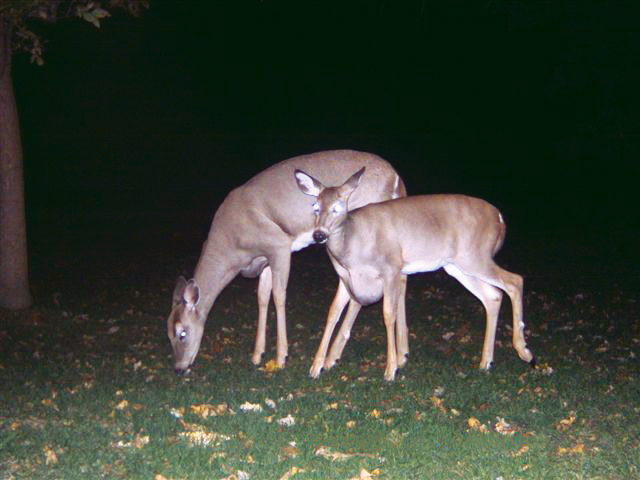In September 2007, Minnesota’s Craig and Dennis Johnson noticed something different about one of the fawns that was showing up on their trail-camera photos. The deer appeared to be healthy and full-sized, but it had a growth on its chest between its front legs. Over the next month, the tumor grew so much that it became larger than a basketball and was less than a foot from touching the ground when the fawn was standing.

While the tumor certainly impeded the fawn’s movement and made it more susceptible to prey, these types of tumors are usually not considered life threatening. The growth was a hydrocyst, a fluid-filled sack that typically develops following a traumatic injury. Hydrocysts can grow from between 3 inches in length and width to 30 inches in length and 12 inches in width.

Hydrocysts usually develop on the underside of a deer’s body, most commonly in the brisket area, though they can also develop in the shoulder and hindquarter areas. These cysts can hold up to a gallon or more of encapsulated fluid. The fluid is typically yellow-tinged or blood-tinged clear liquid with fibrinous inflammatory products.

Hydrocysts will usually disappear, though they can take months to recede. In some cases, like with the fawn the Johnsons were watching, they burst, allowing the fluid to be released.

The venison from deer with hydrocysts is unaffected and is safe to eat.


